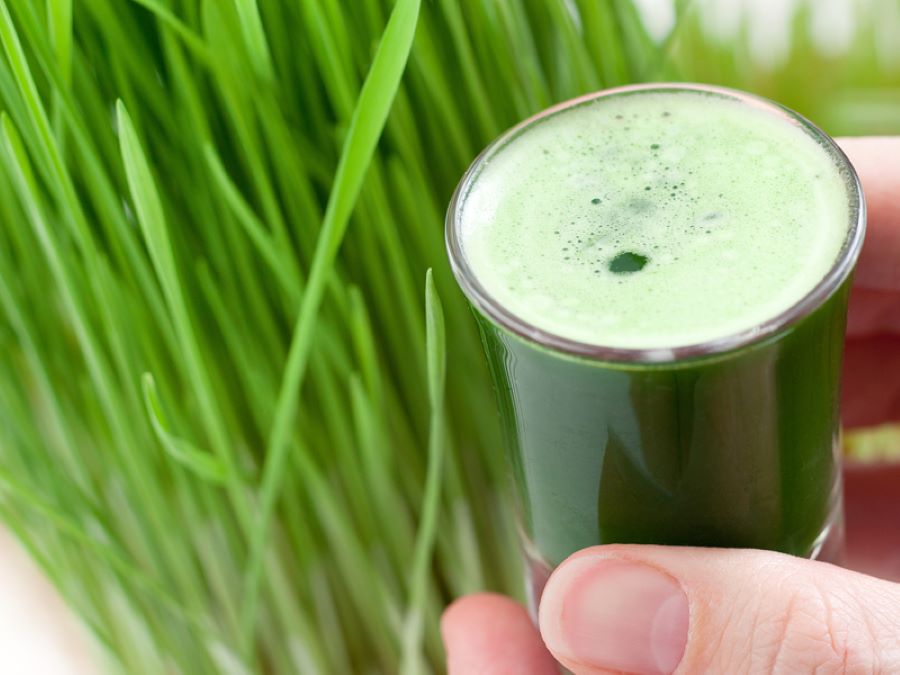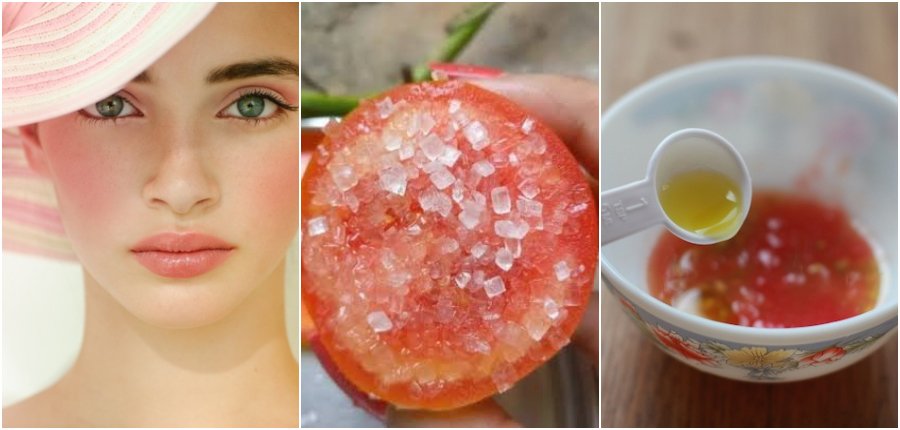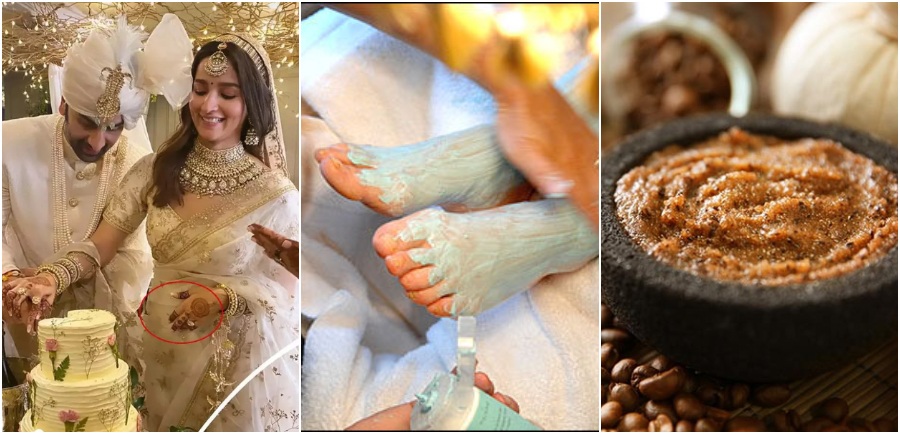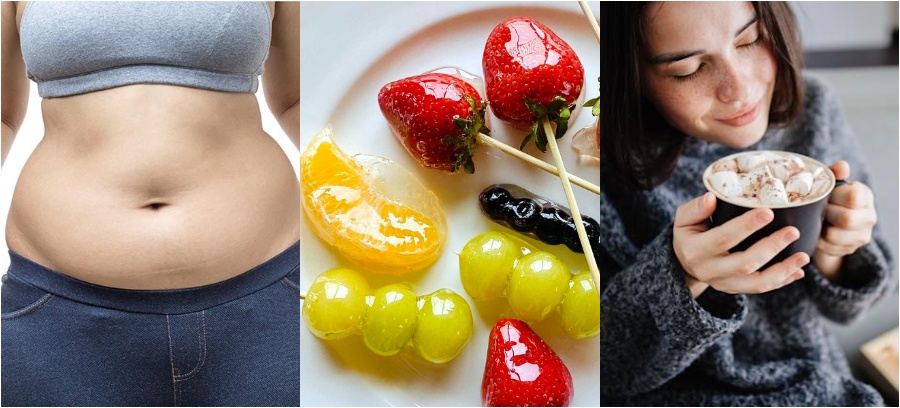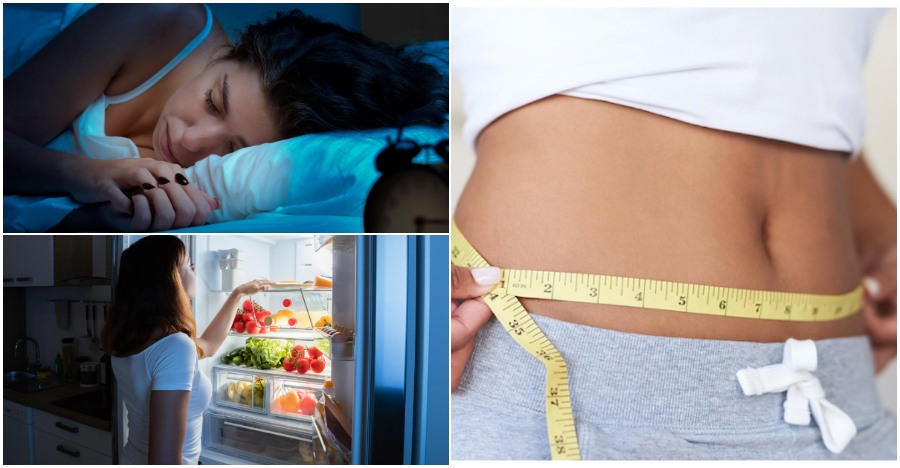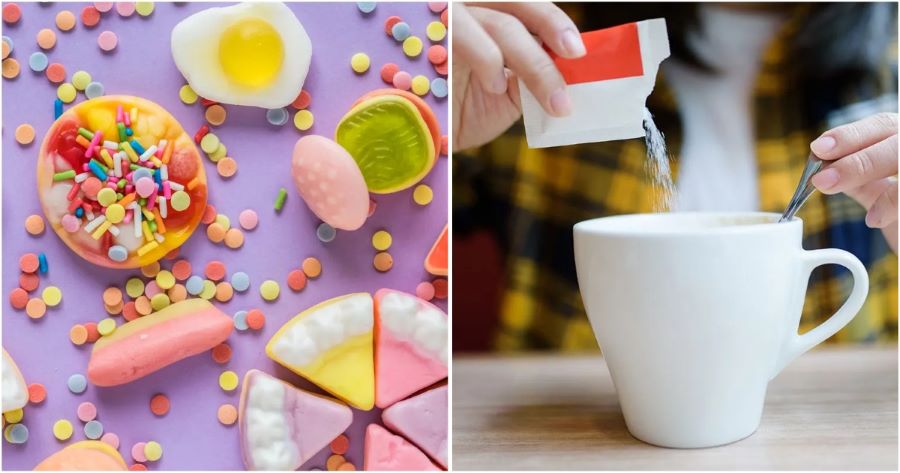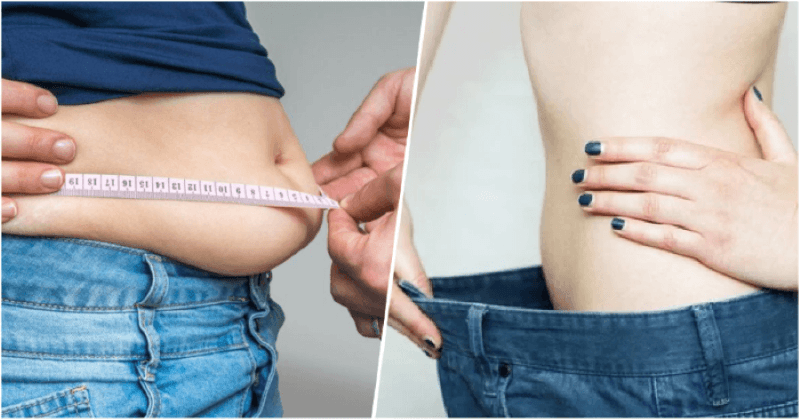Hey everyone,

Korean women are known for having a dewy, flawless and blemish-free skin. Based on specific skin issues, they include suitable active ingredients in their beauty routines to enjoy a smooth and glowing skin. Earlier this year, a new Korean skincare method called “The 7-Skin Method” was devised in order to beat the harsh summer heat in South Korea.



So, read to know about this amazing skincare method.
The “7-Skin Method”:
The goal of this skin care method is to provide intense moisture to the skin. In Korea, “Skin” refers to a hydrating toner; it is called skin because your face feels fresh and rejuvenated after applying it. It does not dry out your facial skin. Apart from restoring the natural pH level of your skin, Korean toners are designed to hydrate and plump up your skin as well. As we experience drastic weather changes in India similar to the weather in Korea, this method will be effective for Indian beauties as well.
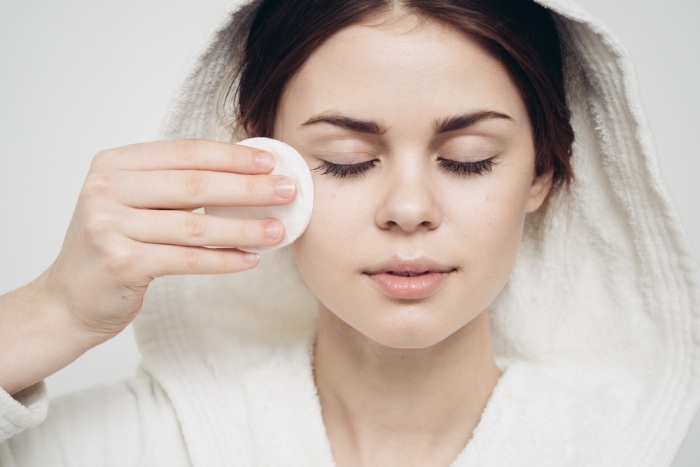
“The 7-Skin method” involves applying a toner seven times on the face after the usual double-cleansing routine. Although this may sound excessive, many Korean bloggers and beauty specialists swear by this method. However, the toner used should suit the skin type of the individual else this method will not work.
How to use the “The 7 Skin Method”:
The classic way to carry out this method is to pour a pea-sized amount of the toner onto the palms and pat it into the skin right after cleansing. An excess usage of the product will lead to product wastage and will not ensure an even absorption of the toner. The toner should be used on the “U-zone” first, which are the cheeks and the jawline. These areas tend to be drier than the rest of your face as they do not have enough oil glands, so they are the first areas that need moisturisation. Then, the toner should be applied on the “T-zone”, which are the forehead, nose and the chin. These areas tend to have more oil glands because of which they are prone to acne breakouts. Apply the toner for a few seconds until it gets absorbed into the skin. Repeat this method for 6 more times. An easier way to ensure an even application is to use cotton rounds or cotton balls. Pour the toner onto a cotton ball and swipe it over your face using the 7-Skin method.
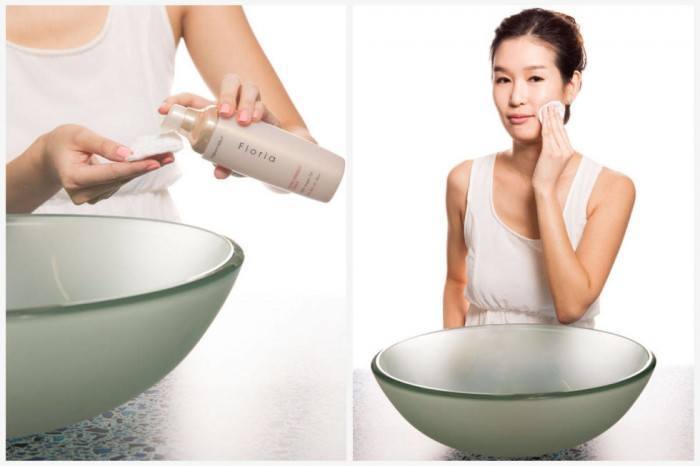
According to the temperature/humidity conditions, you can change the number of applications. In winters, you can use this method for around 3 to 7 times while in summers, you can limit the usage to 3 times. Many Korean beauty bloggers use just a toner on their face as part of their night time skincare routine.
Which Toner to Use:
Women with dry skin types need intense moisture on their skin. So, they can use this method 4 to 7 times while women with oily skin types can limit the usage to 3. However, it’s even more important to use a suitable toner for your skin type. Women with combination skin and oily skin should stay away from comedogenic toners instead, they should stick to watery and oil-free toners. Women with dry skin types should use non-alcohol toners with moisturising ingredients. The best way to try out this method is to start small. Start with three applications so that your skin has enough time to adjust to the abundance of moisture provided to it. Then after, you can gradually increase the number to seven.
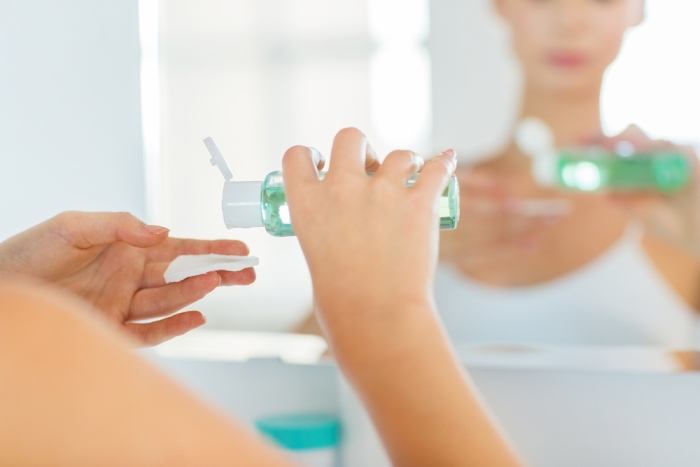
Image Source: 3
Everything You Need to Know about Lactic Acid Peel
Everything You Need to Know About Keratin-Based Shampoos
Everything You Need to Know About Breast Reduction Surgery
Everything You Need To Know About Chemical Exfoliation
Revealed: Korean Beauty Secrets For Flawless Complexion!
Cheat Sheet – 10 Key Ingredients of Korean Skincare
The 10-Step Korean Beauty Regimen
Purederm Moisturizing Korean Herb Mask

